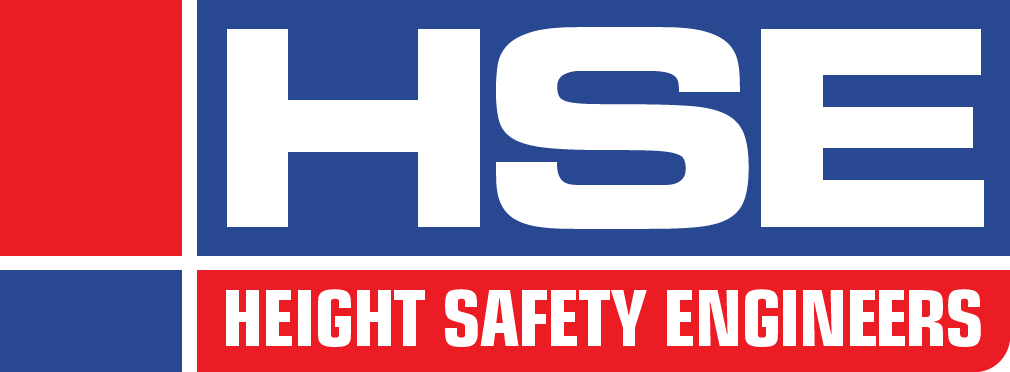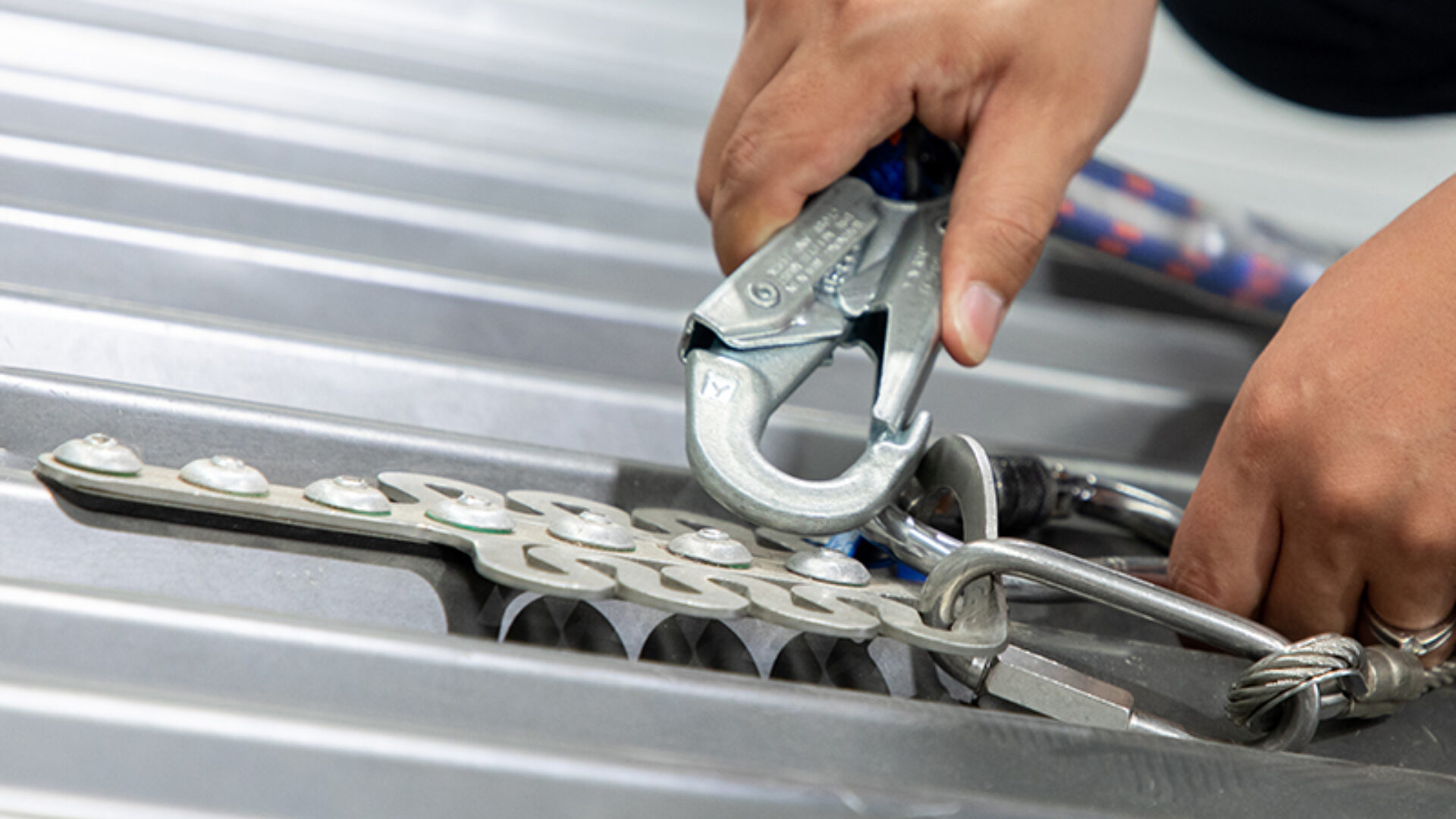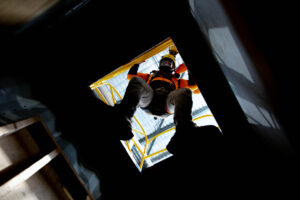Roof anchors come in many different shapes and sizes, and they serve many different purposes.
When it comes to creating fall protection systems for roofs, anchor points are one of the most common products used. In 2021, the installation technicians at Height Safety Engineers installed over 11,000 roof anchors – that’s over 30 per day, every day for all 365 days of the year.
The main benefit of using roof anchors to build your height safety or fall protection system is that they are very easy to use (provided the operator has been trained and is competent) and create flexibility for workers who may only need to access a certain section of a roof. Roof anchors can typically be used in fall restraint technique and as a fall arrest system.
The other benefit of roof anchors is their coming in a variety of different forms to suit different roof types and different work needs. Here you will find some basic information on the different types of roof anchors HSE uses in our fall protection system designs.
Fall arrest versus abseil
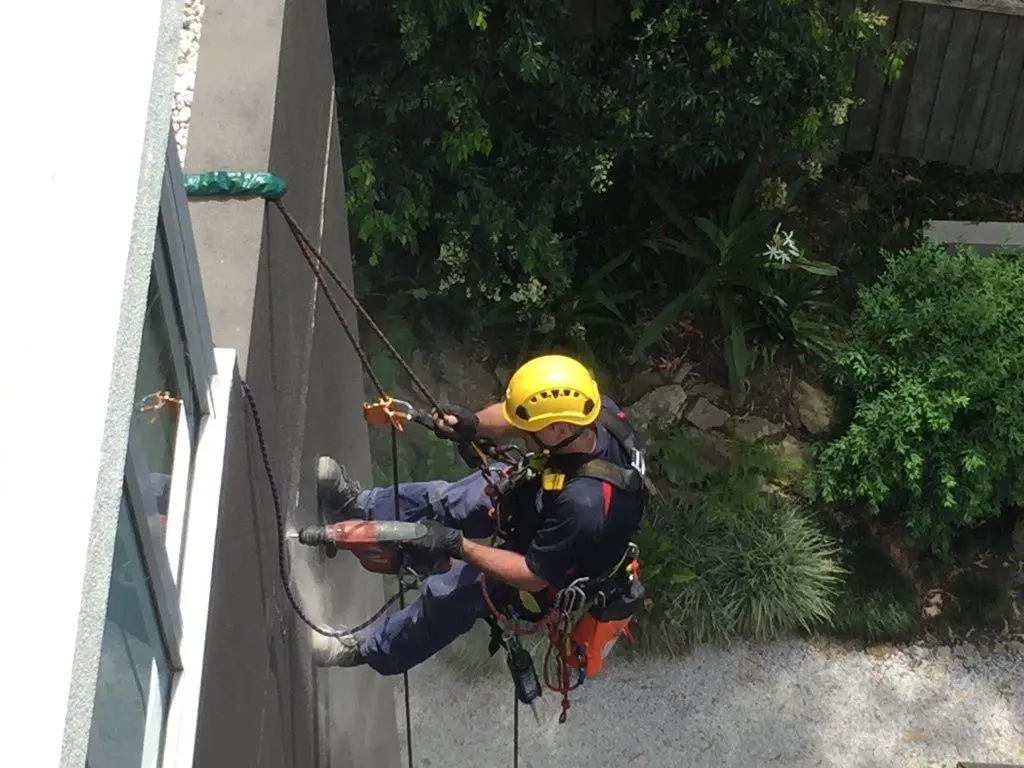
There are two main categories of roof anchor – those designed to be used for abseiling and those that can only be used for fall arrest.
Abseil anchors are designed to withstand the forces applied in taking the weight of an operator while they lower themselves, in a controlled manner, down the side of a building to complete a task. A commercial window washer on a high-rise building will often abseil off the roof down to each level to complete their work.
Anchors rated for abseil can also be used in fall arrest or fall restraint work positioning.
Fall arrest anchors, as you might be able to work out, activate in the event of a fall to minimise the distance a worker travels. These anchors usually work to also absorb some of the shock, reducing the load on the structure, by deforming or bending. Once a fall arrest anchor has been deployed, it can no longer be used and must be replaced.
Anchors for metal and tile roofs
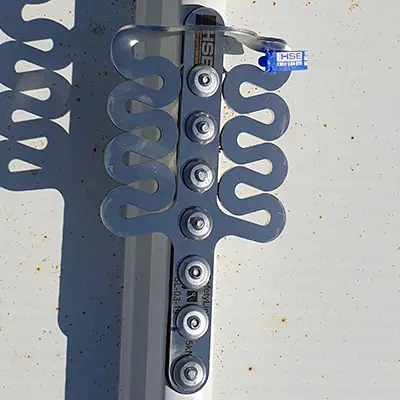
The height safety consultants and estimators at HSE use different anchors, depending on the work needing to be undertaken by the workers who will be operating the system, what the material of the roof structure is made of, and the pitch of the roof.
On metal roofs, SafetyLink’s FrogLink anchor is our usual go-to. This anchor is attached directly to sheet metal roofing using rivets and can be used on roofs with a pitch of up to 30 degrees.
In some circumstances, the HSE team will also use the 3Sixty range of anchors from Sayfa, which can also be easily installed into metal roofs.
On tile roofs, our team uses another SafetyLink product, TileLink anchors. These anchors have a lot of similarities with the FrogLink anchors. The TileLink anchor can be attached to either a timber or metal roof structure under neath the tiles, leaving a low-profile connection point exposed to allow the worker to connect to it.
In situations where abseil ratings are required from metal roofs, HSE often uses the Sayfa AP141A rope access anchor. This anchor is rated for twin rope access (abseil) use and attaches to metal roof sheeting in a similar manner to other fall arrest roof anchors.
Concrete-mount anchors
There are two main types of concrete anchor used in fall protection systems, and when abseiling. The first are chemically fixed.
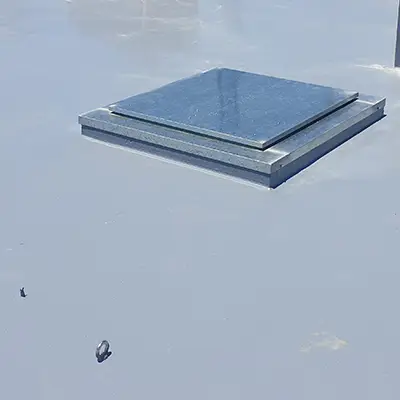
Chemically fixed anchors are installed after the concrete has been poured and left to cure. Their installation involves drilling a hole into the concrete and inserting the anchor and a strong bonding agent to keep the anchor in place and allow it to take on loads.
Chemically cast anchors can either be a single piece anchor or be a with an optional sleeve. The sleeve is fixed into the structure and the actual anchor point can be inserted or removed as required.
The HSE designers often use Sayfa AP125A anchors in these situations. This anchor can be used for fall arrest and is also rated for use while abseiling.
Cast concrete anchors must be installed at the time of construction, into the concrete as it is being poured. These anchors are preferred by our team when designing systems where abseil rated anchors must be placed overhead.
In situations where these anchors are required, HSE designers again typically use Sayfa products, with the AP129A being the preferred option. However, it is often suggested that a different, more practical system of access be used in these circumstances.
Anchor system design
Anchor point systems must be carefully designed to ensure that a worker can reach all the areas of a roof they need to and are best protected against the risks of a fall while doing so.
Having your roof anchor system designed by an expert, ensures your system is compliant with all the relevant Australian standards, as well as workplace health and safety legislation and regulations.
Anchor points must also be installed to manufacturer specifications and inspected regularly to check they are still in good working order. System operators should also be trained in their use and inducted into the specific system they are going to be using.
Roof anchor points are only one part of a compliant system. Worker safety, especially for those working at heights, needs to be considered holistically combining systems, training, processes and procedures as well as equipment.
